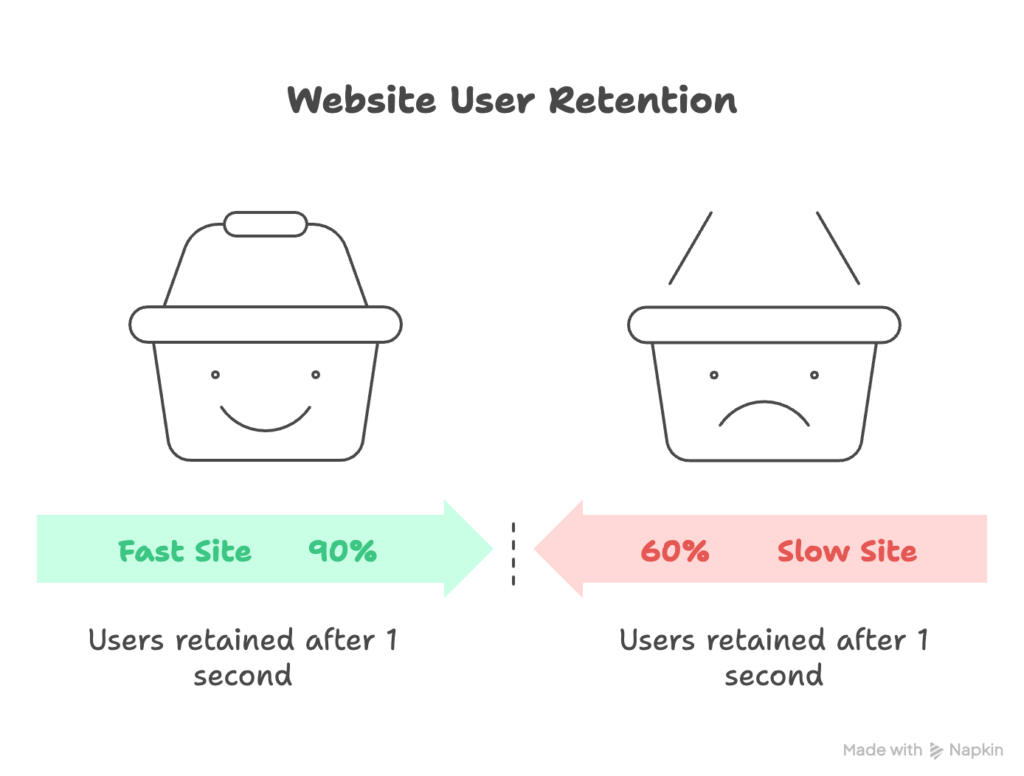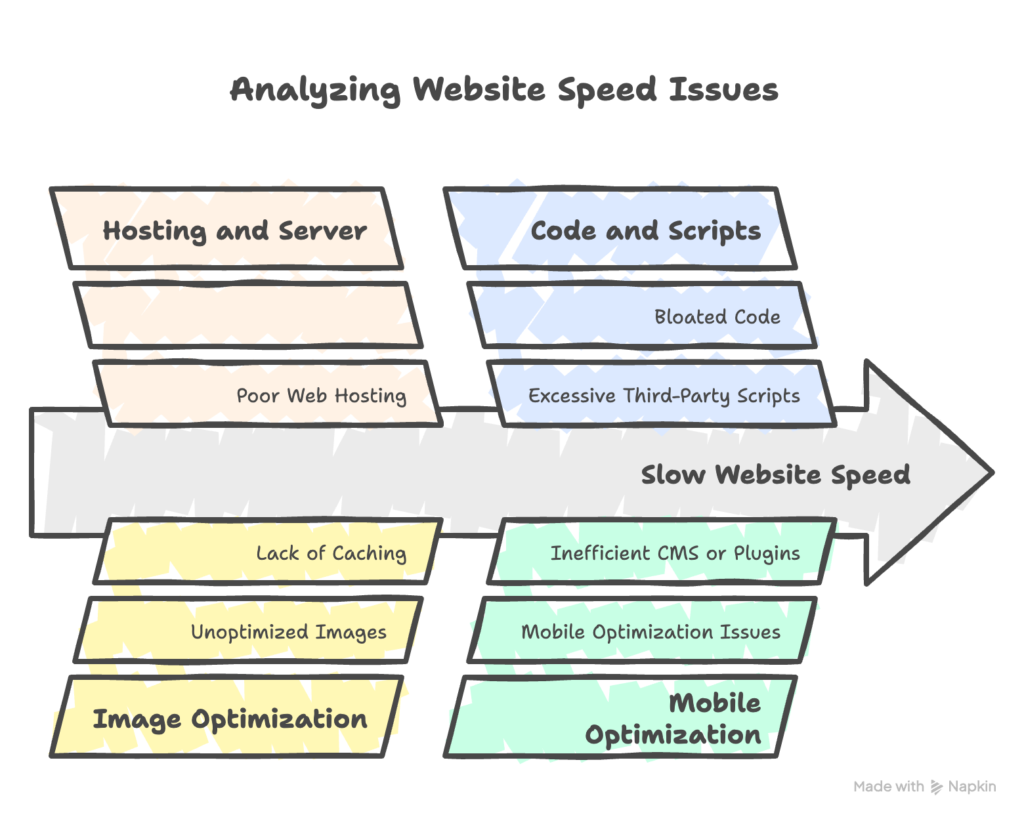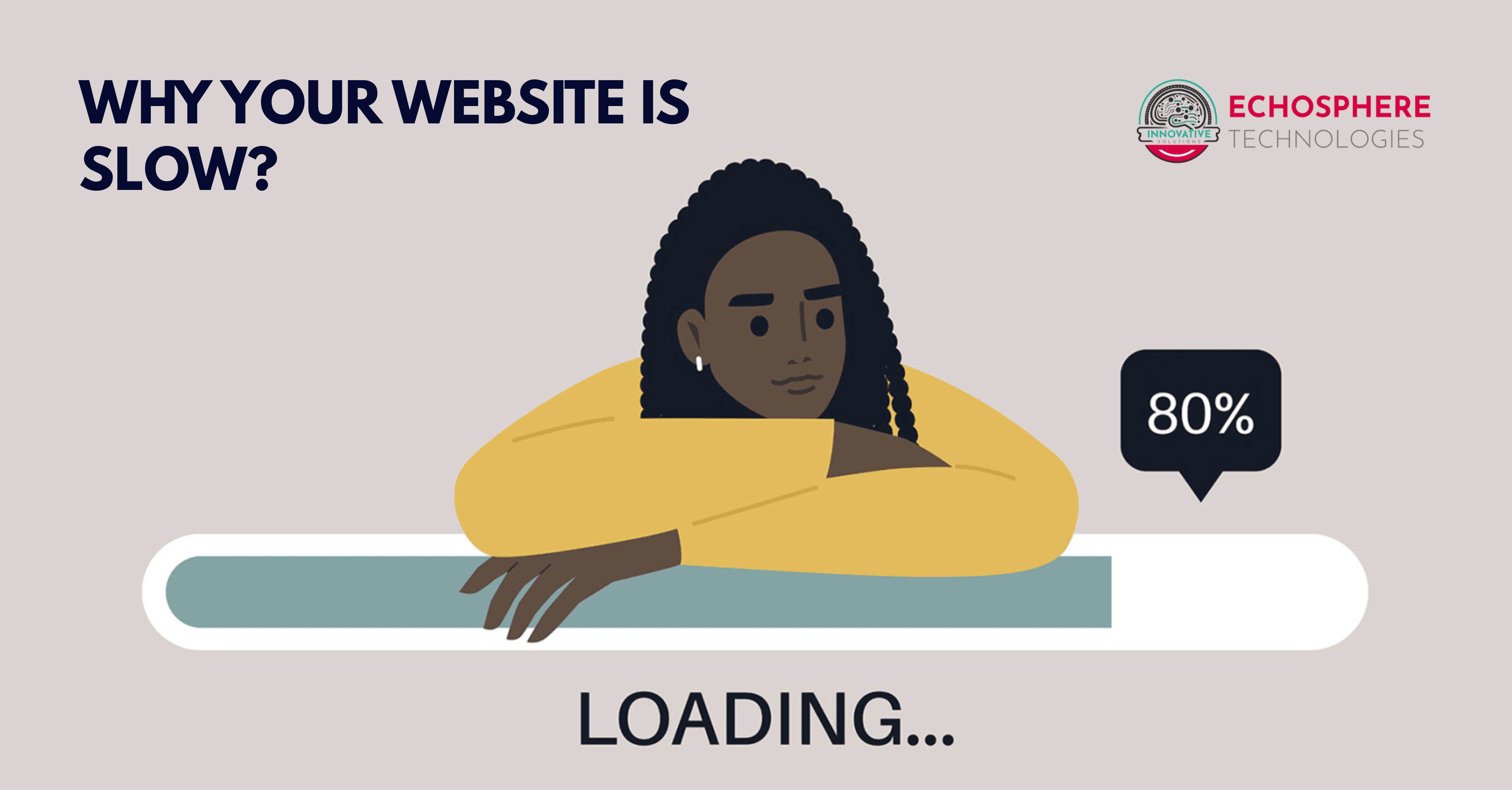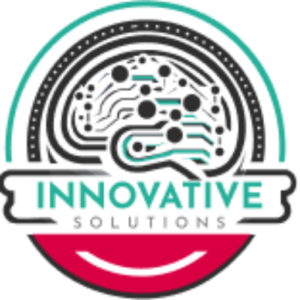Your website is like a storefront: every second of delay can cost you customers. Studies show that nearly half of users expect pages to load in 2 seconds or less, and if it takes more than 3 seconds, about 40% will abandon ship[1]. In other words, a slow site frustrates visitors and drives them away – fast sites delight them and keep them engaged. For example, the BBC found that each extra second of load time cost them 10% of their users[2]. For reference, Google’s algorithms explicitly factor in site speed[3], so a sluggish site can also fall behind in search results.

Key Reasons Websites Are Slow
There are many culprits behind a sluggish website. Understanding these common issues is the first step to fixing them. Think of your site as a delivery service: each component (images, scripts, etc.) is a package that needs to arrive to the user. If packages are too large, too many, or have to travel a long way, delivery slows down. Here are the most common factors:
- Poor Web Hosting. The quality of your hosting directly affects speed. A slow or overcrowded server is like an understaffed warehouse – it processes requests slowly. NitroPack explains that “your web hosting determines how quickly data is transferred from the server to the visitor. A slow or overcrowded server can lead to frustrating delays”[3]. Cheap shared hosting often means limited CPU, RAM and bandwidth. Upgrading to a better plan (or a server nearer your audience) can give your site a boost.
- Unoptimized Images. Images often make up the largest part of a page’s size. Large or uncompressed images are like trying to haul heavy furniture through a narrow door – it simply takes time. CacheFly warns that “unoptimized images lead to slower page loads, directly impacting user experience”[4]. In practice, uploading huge photos (e.g. straight from a camera) will dramatically slow down pages. The fix is to resize images to the exact display size and compress them (or use modern formats like WebP).
- Bloated Code (JavaScript/CSS). Each JavaScript and CSS file your site uses adds load time. Think of them as delivery trucks: the more trucks (and the heavier they are), the slower the process. Cloudflare notes that heavy scripts and styles add “weight” to a page and slow down rendering[5]. For example, fancy animations or video players often include large code libraries. Minifying code and removing unused scripts (or combining files) can reduce this bloat and speed things up.
- Excessive Third-Party Scripts. Every ad, widget or analytics tag is an extra request to load. Higglo points out “Every third-party script requires an additional request to an external server, increasing load time. Too many of these scripts create unnecessary delays.”[6]. Imagine having to phone multiple suppliers for every customer – each call adds delay. Tools like Facebook pixels, live chat widgets, or ad networks can sneak in extra delays. Auditing these and removing any non-essential ones (or loading them asynchronously) keeps your page moving.
- Lack of Caching. Caching is like pre-packaging your products on a shelf. Without it, every customer request forces you to re-gather all items from scratch. According to Higglo, “Caching speeds things up by storing data for repeat visitors”[7]. In practical terms, enabling browser and server-side caching means static resources (like images, CSS, JS) and even entire pages can be served instantly to returning visitors. A cached homepage might load in milliseconds instead of seconds.
- No Content Delivery Network (CDN). If all your files live on one server (say in New York), visitors overseas will load slowly. A CDN is a network of servers around the world that caches your content. NitroPack explains a CDN “minimizes the distance data needs to travel, thus reducing latency”[8]. By using a CDN (like Cloudflare or AWS CloudFront), visitors will load files (images, scripts) from a server near them, greatly speeding up access for international visitors.
- Slow Server Response. The Time To First Byte (TTFB) measures how long a server takes before it starts sending data. If this is high, your page will always feel slow. Higglo puts it simply: “If your server is slow, your website will be too.”[9]. Slow responses can come from limited server resources or inefficient backend code (like heavy database queries or outdated PHP versions). Improving TTFB might mean upgrading hosting or optimizing server-side processing.
- Inefficient CMS or Plugins. Many small businesses run on platforms like WordPress or Shopify. Each plugin or app can add its own scripts and styles to your pages. WPBeginner warns that plugins often “affect speed by adding extra files that need to be downloaded… often including stylesheets (CSS) and JavaScript (JS)”[10]. For example, installing a dozen plugins or a complex theme can bloat your page. The cure is to audit and deactivate any unneeded plugins, and choose lightweight, well-coded options.
- Mobile Optimization Issues. Mobile visitors often have slower connections, so an unoptimized site hits them harder. Large images or desktop-only designs can bog down a phone. CacheFly highlights that delivering “appropriately sized and compressed images ensures a smooth browsing experience across all devices”[11]. In other words, serve smaller images to smartphones, use responsive layouts, and implement techniques like lazy-loading (images load only as you scroll) to keep mobile users happy.

Case Study: CraftCo’s Site Speed Turnaround
A real-world example: A small online craft store (we’ll call them CraftCo) noticed that their product pages were taking 7–8 seconds to load. With a high bounce rate and underwhelming sales, they ran diagnostics using GTmetrix and PageSpeed Insights. The report revealed the culprits: very large product images, a dozen heavy WordPress plugins (including a bulky page-builder), no caching, and a cheap shared host with slow server response.
Actions Taken: CraftCo’s team then implemented a series of fixes: – Optimize Images: All product photos were resized to needed dimensions and compressed. They also converted many JPEGs to WebP, cutting image sizes dramatically.
– Trim Plugins: Unused plugins were removed, and a lighter gallery plugin replaced a heavy one. Non-critical third-party widgets (social feeds, chat pop-ups) were deferred or disabled.
– Enable Caching: A caching plugin was installed so repeat visitors would get the static HTML of pages. Browser cache headers were set to reuse images, styles, and scripts.
– Add a CDN: Cloudflare was activated so that static assets (images, CSS, JS) are delivered from edge servers near the visitor.
– Upgrade Hosting: The site moved to a stronger VPS with more CPU and RAM, giving it much faster server response.
– Improve Mobile Delivery: CraftCo switched to a fully responsive theme and enabled lazy-loading for images below the fold.
Results: The transformation was dramatic. CraftCo’s homepage load time fell from ~7 seconds to about 2 seconds on desktop and mobile. GTmetrix scores jumped from the 50s to the high 90s. Importantly, the bounce rate dropped significantly and online orders started to climb. This matches industry data: research shows that a 1-second improvement can boost conversions by a few percent[12][13]. In CraftCo’s case, faster loads meant customers could browse and checkout quickly, leading to more conversions.
Next Steps: Optimize Your Site Now
A fast website is not just a luxury – it’s a necessity. Slow pages cost you traffic, conversions, and ultimately revenue. If your site is lagging, start by running a speed audit (tools like PageSpeed Insights or GTmetrix are free). Look for big red flags: unoptimized images, too many scripts, or a sluggish server. Then apply fixes (optimize images, enable caching, streamline code, etc.) based on what the audit finds. Even a few optimizations can have a big impact.
EchoSphere Technologies specializes in helping businesses speed up their websites. We offer professional site speed audits and clear plans for improvement. Whether it’s moving you to better hosting, implementing a CDN, or cleaning up your code and plugins, our expert team can do the heavy lifting. Even small optimizations can yield big returns – start today.
Ready to turbo-charge your site? Contact EchoSphere Technologies for a personalized site audit and optimization plan. A faster website means happier visitors, better SEO rankings, and more conversions – and we’ll help make it happen. For small businesses, every second counts: even a one-second improvement can significantly boost customer satisfaction and conversions. Don’t hesitate to get in touch and see how we can speed up your success.
Even a one-second speed improvement can be the difference between a sale and a lost customer. Reach out to EchoSphere today and let’s get your site up to speed!
Sources: Insights and data referenced above come from performance studies and authoritative resources[2][8][3][4][6][7][10][13]. Adjusting the cited lines allows readers to verify these statistics and recommendations.
[1] [13] Website Load Time & Speed Statistics: Is Your Site Fast Enough?
https://wp-rocket.me/blog/website-load-time-speed-statistics/
[2] [5] Why website speed matters for SEO, UX, & conversions | Cloudflare
https://www.cloudflare.com/learning/performance/why-site-speed-matters/
[3] [8] How Your Hosting Provider Impacts Your Site’s Performance
https://nitropack.io/blog/post/how-hosting-impacts-web-performance
[4] [11] The Importance of Image Optimization for Faster Websites – CacheFly
https://www.cachefly.com/news/leveraging-image-optimization-techniques-in-cdns-for-faster-websites/
[6] [7] [9] Reasons Why Your Website is Slow (And How to Fix it)
https://www.higglo.io/post/how-to-fix-slow-website-loading
[10] How WordPress Plugins Affect Your Site’s Load Time (Revealed)
https://www.wpbeginner.com/wp-tutorials/how-wordpress-plugins-affect-your-sites-load-time/
[12] Veils by Lily Website Speed Optimization: A MAKDigital Case Study







